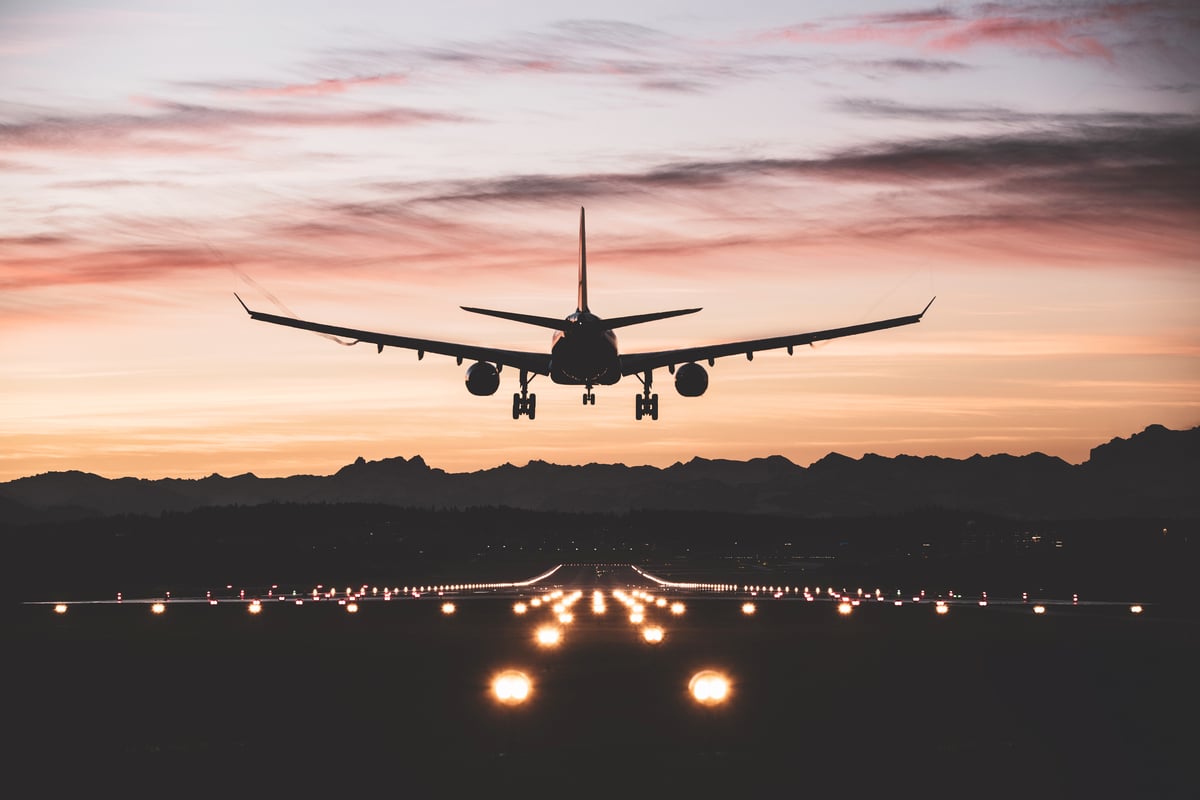A few years ago, Spirit Airlines (SAVE +0.00%) had a simple model for growing rapidly while maintaining a high profit margin. It added dozens of routes connecting the biggest cities in the U.S., many of which are hubs for the big legacy carriers. Given that Spirit only operates one flight a day on most of its routes, the legacy carriers basically ignored it, allowing Spirit to undercut their fares and stimulate traffic.
More recently, the legacy carriers have started to aggressively match Spirit's fares in order to protect their market share. This has made it far less attractive for Spirit to compete with them in their hubs. As a result, Spirit Airlines has found a new target as it looks to maintain its high growth rate: Southwest Airlines (LUV 0.14%).
Opposite ends of the spectrum
Spirit Airlines and Southwest Airlines both have a focus on keeping costs low. However, in all other respects, the two carriers are complete opposites.

Spirit Airlines' philosophy is completely different from that of Southwest. Image source: Spirit Airlines.
Southwest Airlines prides itself on offering all-inclusive fares. The company's "Transfarency" ad campaign -- launched in late 2015 -- emphasizes that Southwest offers low fares with no hidden fees. All of the carrier's tickets include a free carry-on, two free checked bags, no change fees, free drinks and snacks, and free TV programming onboard (streamed to customers' personal devices).
By contrast, Spirit Airlines has taken the unbundling of fares to an extreme. Its "bare fare" includes only the basics: Customers must pay extra for carry-on and checked bags, itinerary changes, advance seat selection, snacks and drinks, and even for printing a boarding pass at the airport. These fees are all designed to entice customers to help Spirit further reduce its costs.
The philosophical differences between Southwest and Spirit make them natural competitors to one another. Travelers who don't want to be nickel-and-dimed can choose Southwest Airlines; more price-sensitive travelers can choose Spirit Airlines if they are willing to adapt to its rules.
Spirit challenges Southwest Airlines
Given its commitment to offering all-inclusive fares, Southwest Airlines may have less ability (and less need) to match Spirit Airlines' base fares. When you add in the fact that Southwest carries more domestic passengers than any other airline, growing in Southwest's markets seems like an obvious choice for Spirit.

Southwest Airlines carries the most domestic passengers of any airline. Image source: Southwest Airlines.
Since the beginning of 2017, Spirit Airlines has made a series of new route announcements, covering the bulk of its growth for this year. It will compete with Southwest on 14 of the 20 new routes that it has announced, including alternate airports within the same metro area. (They will compete between the same exact airport pairs for 11 of the new routes.)
This year, Spirit Airlines is growing primarily in cities that are not legacy carrier hubs, such as Baltimore, Pittsburgh, New Orleans, and Hartford. As a consequence, Spirit will compete one-on-one with Southwest on routes like Pittsburgh-Los Angeles, Baltimore-New Orleans, and Baltimore-Oakland. On many other routes, its only competitors will be Southwest and one or more other low-fare carriers.
Playing to its strengths
Spirit Airlines' competitive advantage is its industry-leading cost structure. However, this hasn't been as effective as one might expect for battling the legacy carriers.
The problem is that the legacy carriers make most of their money on last-minute tickets sold to business travelers, connecting itineraries to small cities, and long-haul international flights. Budget carriers like Spirit can't easily enter these markets. These profit centers allow the legacy carriers to sell a bunch of tickets below cost to fill up the back of the plane on busy routes where they compete with Spirit Airlines.
Competing against Southwest Airlines is a much more "fair fight" for Spirit Airlines. It won't have as big a cost advantage, but it's more likely to be left alone as it rolls out rock-bottom fares to stimulate demand among price-sensitive consumers.







